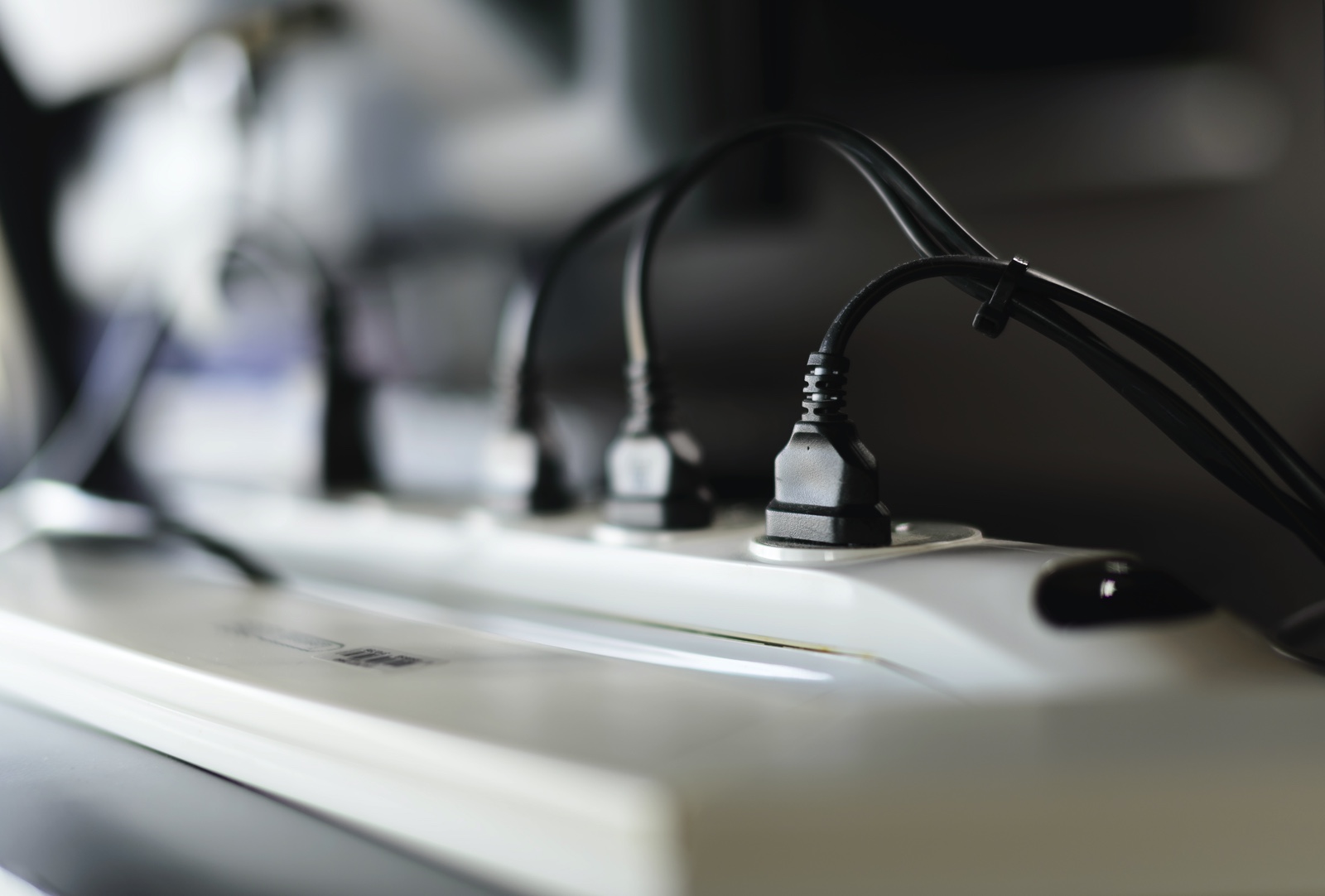RCD – Residual Current Device (Safety Switch)
Do I need to have my safety switch tested by a competent person?
The simple answers is YES. Here at All States Safety Services we perform under AS/NZS 3760:2003 Manual and Trip time tests under the required service intervals. In most cases a manual trip test must be performed every 6 months followed up with a Trip Time test every 12 months. Like Electrical test and tagging All States Safety Services provide a PDF documented report on all tests on completion of job.

Different Styles of Portable and fixed RCD Safety Switches to look out for in your workplace
How does a Safety Switch work and what it will not stop!
RCD is a generic term which embraces the various forms such as RCCB, RCBO, etc. Residual Current Devices are now firmly established around the world as a primary means of providing protection against electrocution and fires caused by electrical faults. Less than one quarter of an amp (250mA) leaking from a faulty installation can generate sufficient heat to start a fire (the heating effect is proportional to the current squared), or if leaking through a human body only 200mS can cause heart fibrillation and subsequent death.
An RCD protects by constantly monitoring the current flowing in the live and neutral wires supplying a circuit or an individual item of equipment. Under normal circumstances, the current flowing in the two wires is equal. When an earth leakage occurs due to a fault in the circuit or an accident with the equipment, an imbalance occurs and this is detected by the RCD, which automatically cuts off the power before injury or damage can result.
What an RCD will not protect
If a user was to touch both active and neutral at the same time, then current flow would be even through both circuits. RCD WON’T TRIP.
Scenario #1 A carpenter using a tool with an internal fault can be electrocuted from a positive to neutral connection, because both positive and neutral would be feeding electricity evenly into the body, hence the RCD wouldn’t trip.
Scenario #2 An ice machine with a faulty earth and a positive short to it’s metal frame is touched by a user; positive could flow into the users hands ánd join the neutral side within a fan or compressor. This would happen because an earth wasn’t present. Electrons always take the path of least resistance. If a good earth contact was present then as soon as a positive short was made to the frame, positive would have gone to earth and its amperage would have been higher than the negative, therefore the RCD would have tripped.
In basic terms if you short:
• Positive to earth – RCD Trips
• Positive to negative with a good earth – RCD Trips
• Positive to negative – RCD won’t trip
• Positive to a metal frame with no earth – RCD wont trip
The milliamp table below shows a potential result, taking into consideration an average drill uses 3 – 10 amps.
- 0 to 0.5mA – Generally this current is below the level of perception, resulting in no reaction.
- 0.5 to 5mA – Although no dangerous physiological effects, this current may produce a startle effect that results in injury due to falling etc.
- 5mA to 10mA – Same effect as above but in addition muscular reaction may cause inability to let go of equipment. Once current flow ceases letting go is then possible.
- 10mA to 40mA – Severe pain and shock as current value increases. At currents over 20mA the victim may experience breathing difficulties with asphyxia if current flow is uninterrupted. Reversible disturbance to heart rhythm and even cardiac arrest is possible at higher values of current and time.
- 40mA to 250mA – Severe shock and the possibility of non-reversible disturbances to the normal cardiac cycle, referred to as ventricular fibrillation. The possibility of fibrillation increases as current and time increase. It is also possible to experience heavy burns at higher currents in addition to full cardiac arrest.
In short, why test RCD Safety Switches
RCD Safety Switches form part of the overall requirements under the “Duty of Care” and the responsibility under the Occupational Health Safety laws and yes Safety Switches do perform part of the safety requirements. However without regular maintenance they may not trip in time and or worse not work at all. So get your Safety Switches tested today. What is stopping you!
Contact us now – phone 1300 255 777 or email admin@allstatesafety.com.au